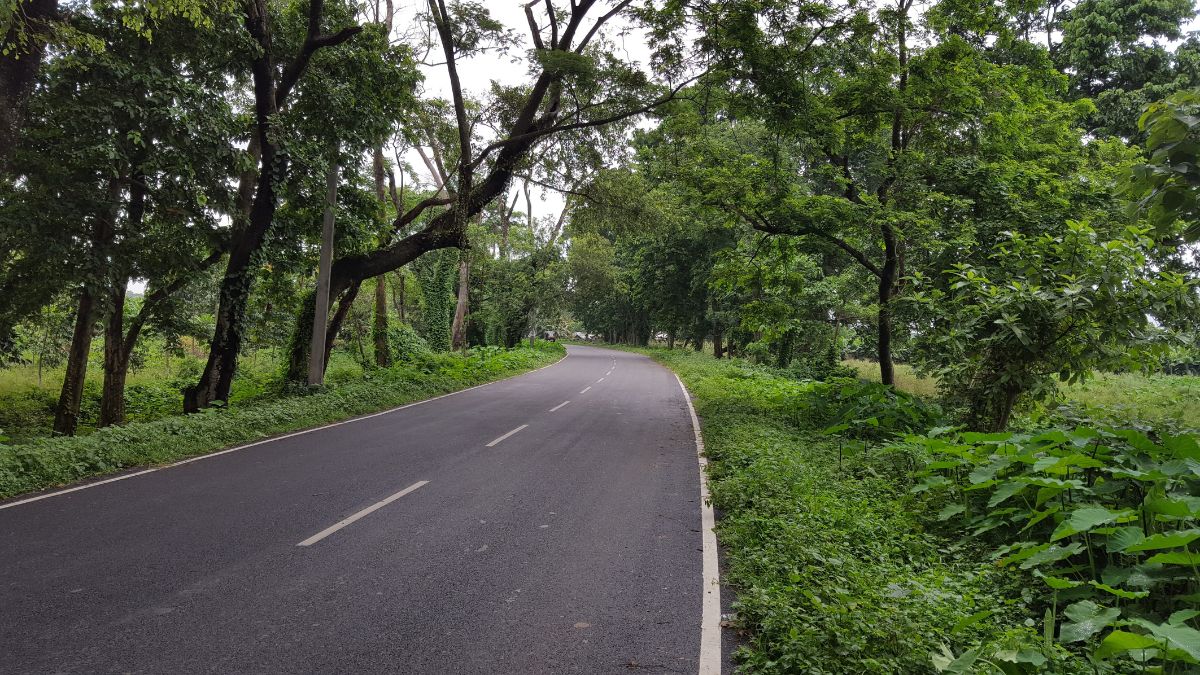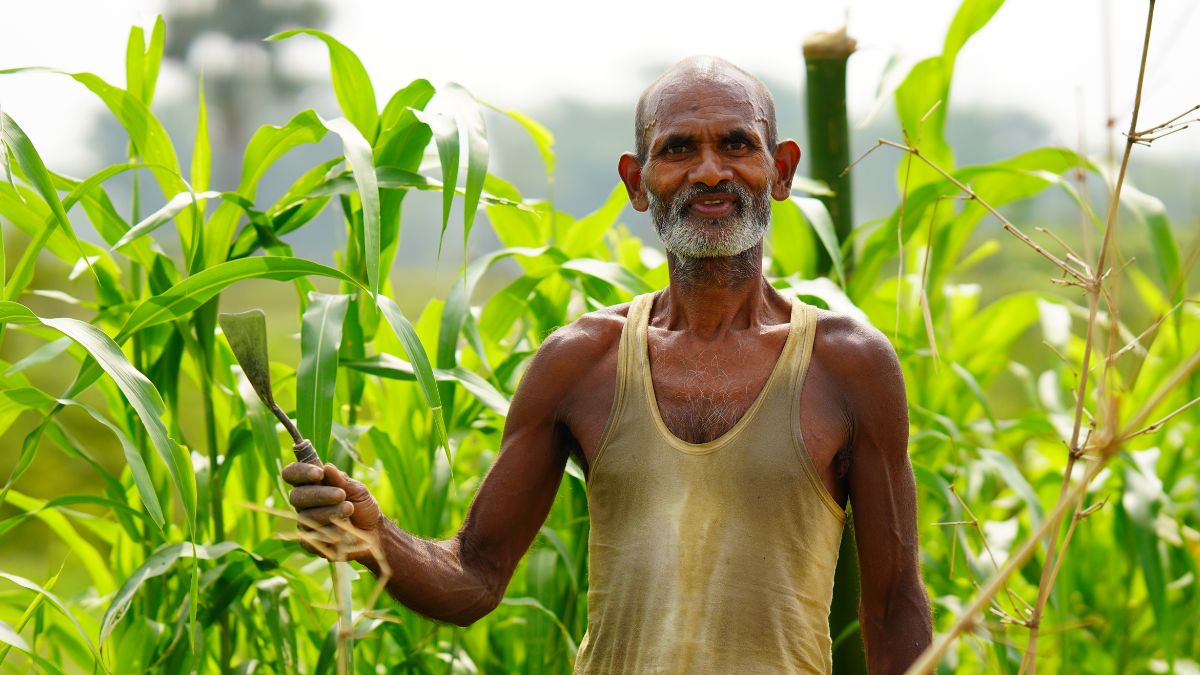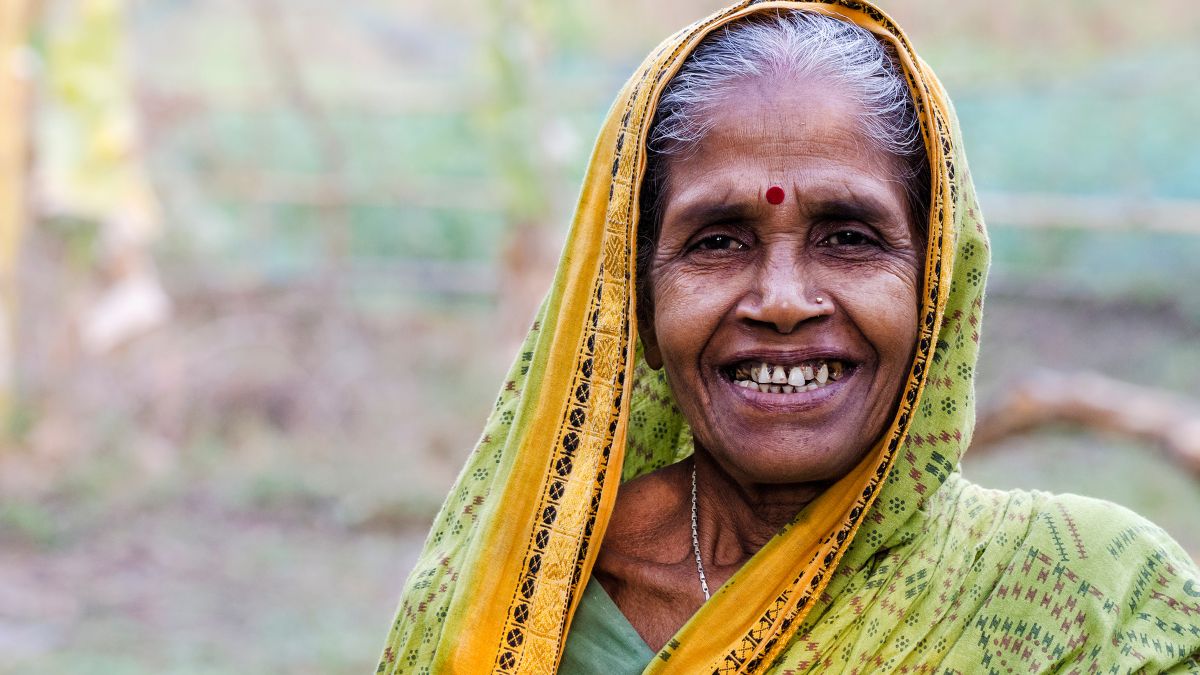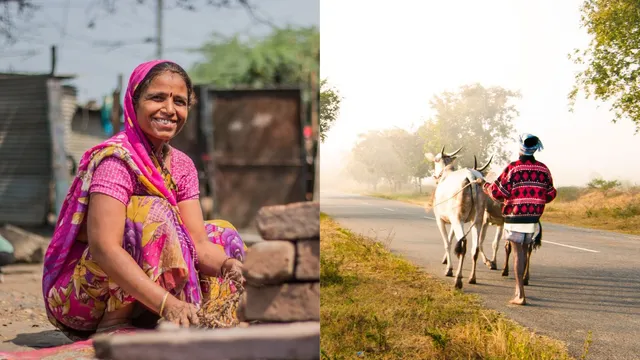- By Aditi Priya Singh
- Thu, 19 Dec 2024 12:40 PM (IST)
- Source:JND
List of PM Schemes in India: India's rural areas are the backbone of the country. From contributing through agriculture to holding the tradition, culture and folklore of the country, rural people always give their best. So, for boosting the rural areas the government has initiated multiple programs under the innovative guidance of different Prime Ministers. By offering housing, electricity, and roads, along with enhancing agricultural productivity and skill development, these programs have greatly aided rural empowerment and poverty reduction.
List of Top 10 Best Pradhan Mantri Schemes For Rural Areas Development In India
Here are 10 top PM Yojanas focused on rural development, outlining their advantages and initiation dates:
1. Pradhan Mantri Gram Sadak Yojana (PMGSY)

Pradhan Mantri Gram Sadak Yojana’s main aim is to enhance connectivity in rural areas by constructing and upgrading roads. This scheme Improves access to markets, healthcare, and education in rural areas. boosts economic activities in villages by reducing travel time and costs. It was launched in December 2000.
2. Pradhan Mantri Awas Yojana - Gramin (PMAY-G)
Launched in April 2016, Pradhan Mantri Awas Yojna provides financial assistance for building pucca (permanent) houses for the rural poor. It also ensures basic amenities like water, electricity, and LPG connection. This scheme also promotes women's empowerment by mandating house ownership in the woman's name or jointly.
3. Pradhan Mantri Ujjawala Yojna (PMUY)
Under the Pradhan Mantri Ujjawala Yojna, the government aims to distribute free LPG connections to women from below-poverty-line (BPL) households. It reduces health hazards from smoke by encouraging clean cooking fuel and also empowers women by improving living conditions and was launched in May 2016.
4. Pradhan Mantri Jan Dhan Yojana (PMJDY)
Pradhan Mantri Jan Dhan Yojna ensures financial inclusion by providing every household with a bank account. They also offer accidental insurance, life insurance, and pension schemes. This scheme was launched in January 2014.
5. Saubhagya Yojana (Pradhan Mantri Sahaj Bijli Har Ghar Yojana)
Launched in September 2017, Saubhagya Yojna aims to electrify all households, especially in rural areas that promote socio-economic development by improving access to electricity. This scheme also provides free connections to households below the poverty line.
6. Pradhan Mantri Fasal Bima Yojana (PMFBY)

Implemented in 2016, Fasal Bima Yojana offers crop insurance to farmers. It also protects farmers against financial losses due to natural calamities. It encourages modern agricultural practices and stabilises farm income, encourages agricultural practices, and reduces rural indebtedness.
7. Pradhan Mantri Krishi Sinchai Yojana (PMKSY)
Pradhan Mantri Krishi Sinchai Yojana enhances irrigation coverage and water-use efficiency.
It promotes micro-irrigation techniques like drip and sprinkler systems. This was also was established in July 2015 that ensure water conservation through watershed development.
8. Pradhan Mantri Kaushal Vikas Yojana (PMKVY)
This PM Kaushal Vikas Yojana provides skill development training to youth in various sectors. It helps in employment generation and entrepreneurship and offers certification to enhance employability. PMKVY was started in July 2015.
9. National Social Assistance Programme (NSAP)

Started in 1995, NSAP offers financial support to elderly, widows, and disabled individuals from poor households and ensures social security through pensions. It also helps marginalized groups sustain their livelihoods.
10. Swachh Bharat Mission - Gramin (SBM-G)
Launched on October 2, 2014, Swachh Bharat Mission Gramin Yojna promotes rural sanitation and aims for an open defecation-free India. It also provides financial assistance for constructing household toilets and Improves health and hygiene by reducing waterborne diseases.
ALSO READ: Top 10 Countries With The Highest Divorce Rates As Of 2024: Is India Catching Up In The List?

